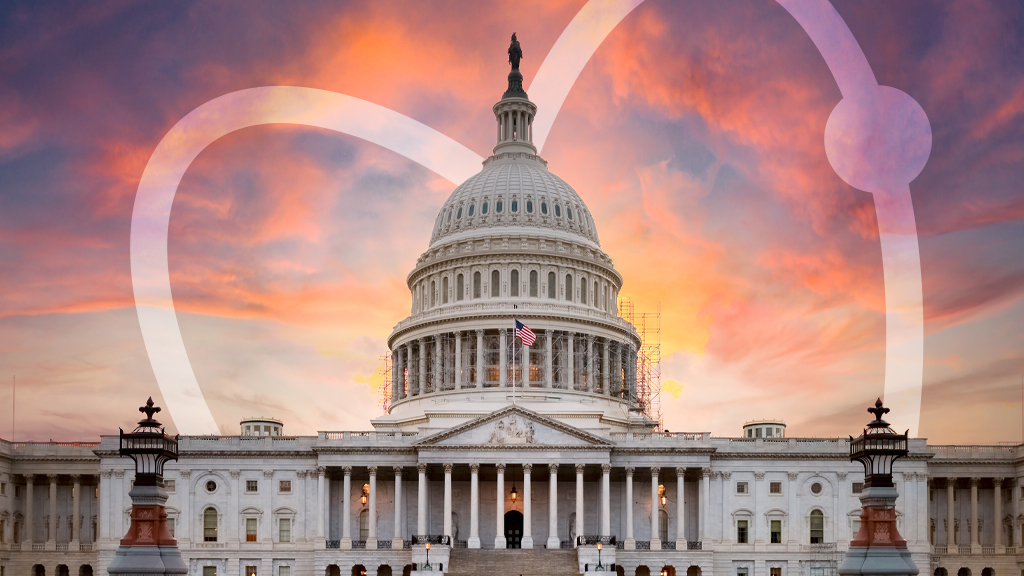feature
Listening as Children Lead: Engaging Emergent Multilingual Children in Science Sensemaking by Transforming Roles
Science and Children—November/December 2024 (Volume 61, Issue 6)
By Michelle Brown, Teila Hildebrand, Taylor Tarone-Sefchik, Allyson Trella, May Lee, Carla Zembal-Saul, Jennifer Cody
Engineering Encounters
Building a Soundproof Room: A University-Elementary Collaboration
Science and Children—November/December 2024 (Volume 61, Issue 6)
By Lauren Angelone, Katherine Dykes, Rorie Smith
Feature
Warming up to Inquiry: Using inquiry to teach heating and cooling of substances to 2nd graders
Science and Children—November/December 2024 (Volume 61, Issue 6)
By Jesse Wilcox, Maizee Lindsey, Karissa Steinke
feature
Jammin' A year-long project in which students explore and share their passions
Science and Children—November/December 2024 (Volume 61, Issue 6)
By Bonnie Glass, Sara Dail, Tammy Lee
feature
A Land Exploration-Based Approach: First Nation students learn about structures and functions through outdoor exploration
Science and Children—November/December 2024 (Volume 61, Issue 6)
By Leonora Rochwerger, Brenda Mason, Leeya Lazarovic, Miga Kim
Teaching Teachers
Melting Science Stereotypes with the Help of a Snowy Day
Science and Children—November/December 2024 (Volume 61, Issue 6)
By David Owens, Regina McCurdy
Start With Phenomena
Puddles to Floods: Field-based Investigations on Flooding in New Orleans
Science and Children—November/December 2024 (Volume 61, Issue 6)
By Brooke Sprague, Claire Anderson, Karen Marshall, Jazmine Henderson, Shermaine Johnson
Legislative Update
Looking Ahead to the Trump Transition
By NSTA Legislative Affairs & Advocacy Team
Posted on 2024-12-02

Let your curiosity run wild! This lively book will inspire you to ask questions like scientists do. Why? Because questions can lead you to amazing discoveries. Like what? Like when theoretical physicist Stephen Hawking puzzled over black holes and the origin of the universe. And when ornithologist Margaret Nice pioneered techniques—in her own backyard!—for observing and tracking birds.
Let your curiosity run wild! This lively book will inspire you to ask questions like scientists do. Why? Because questions can lead you to amazing discoveries. Like what? Like when theoretical physicist Stephen Hawking puzzled over black holes and the origin of the universe. And when ornithologist Margaret Nice pioneered techniques—in her own backyard!—for observing and tracking birds.


